Home>Dining>Table Decor>How To Arrange Ikebana Floral Arrangements
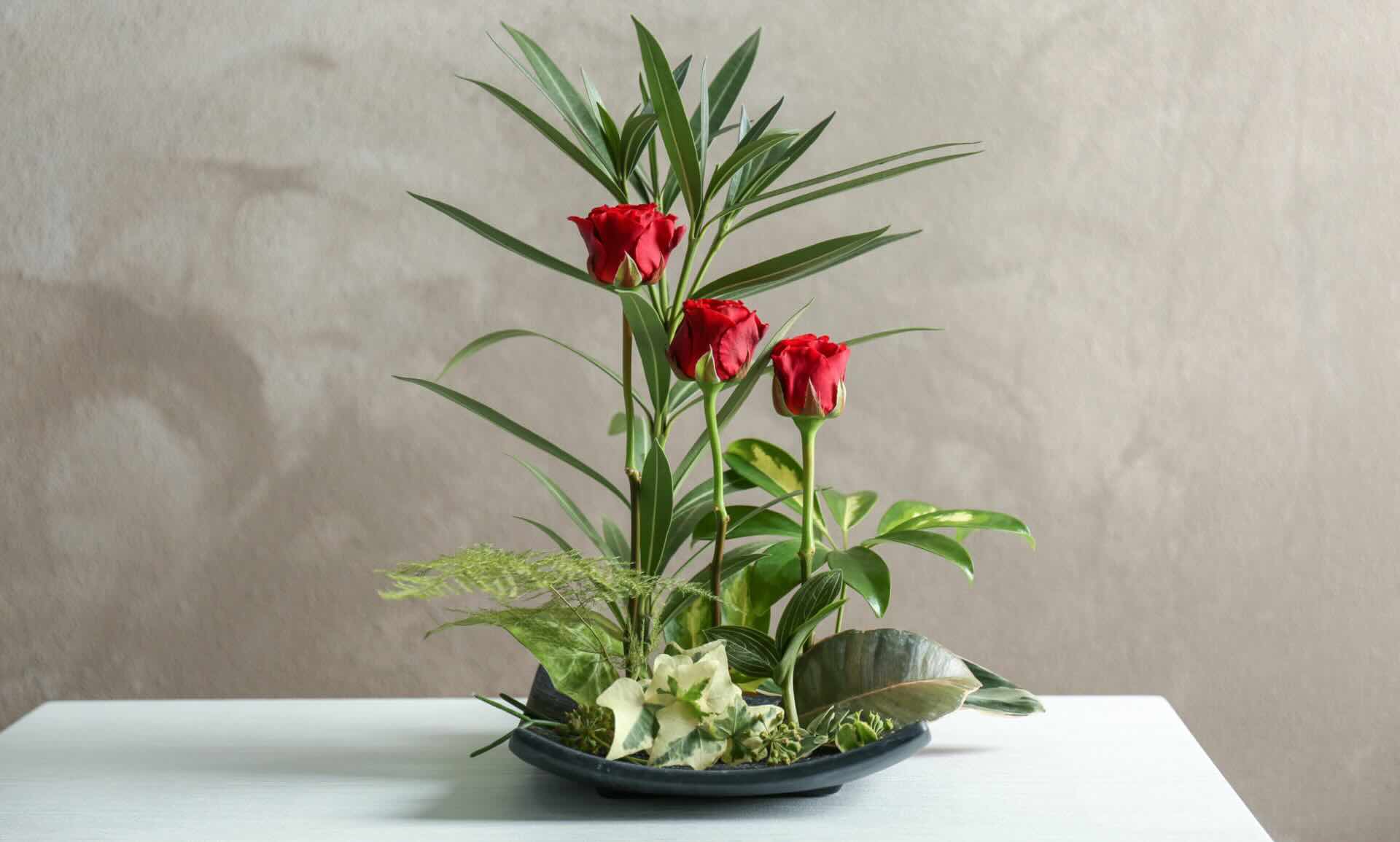

Table Decor
How To Arrange Ikebana Floral Arrangements
Modified: October 20, 2024
Learn how to create stunning table decor with ikebana floral arrangements. Transform your space with elegant and unique flower displays.
(Many of the links in this article redirect to a specific reviewed product. Your purchase of these products through affiliate links helps to generate commission for Storables.com, at no extra cost. Learn more)
Introduction
Welcome to the captivating world of Ikebana floral arrangements. Derived from the Japanese art of flower arrangement, Ikebana is a unique and time-honored practice that goes beyond simply placing flowers in a vase. Its historical roots can be traced back to the 7th century, and to this day, Ikebana remains widely respected as a form of artistic expression and a way to connect with nature.
Although there are various Ikebana schools and styles, the underlying principles are consistent. Unlike conventional floral arrangements, which often aim for symmetry and fullness, Ikebana focuses on simplicity, asymmetry, and the inherent beauty of each individual element. It is a harmonious interplay between flowers, branches, leaves, and space, resulting in an arrangement that represents the essence of natural beauty.
One of the fundamental aspects of Ikebana is the deep appreciation for nature. Practitioners typically choose seasonally appropriate materials, such as cherry blossoms in the spring or pine branches in the winter, in order to create a connection with the current season.
Every element in an Ikebana arrangement is purposefully chosen and placed with meticulous care, often following specific principles and guidelines unique to each school. While the end result may seem simple, the process behind it is highly deliberate, allowing the observer to appreciate the artistry and skill involved.
Ikebana is not solely about aesthetic appeal; it is also a means of self-expression and reflection. The act of arranging flowers can be a meditative practice, providing a sense of calm and grounding. It encourages us to be present in the moment, appreciating the beauty around us and finding harmony within ourselves.
Whether you are a seasoned Ikebana enthusiast or a curious beginner, this comprehensive guide will take you on a journey through the art of Ikebana. We will explore the various techniques, materials, and approaches to create stunning arrangements that reflect your personal style. Get ready to immerse yourself in the beauty of Ikebana and discover the joy of creating captivating floral compositions.
Key Takeaways:
- Embrace the ancient art of Ikebana to find harmony, creativity, and tranquility in floral arrangements. Explore traditional and modern techniques to express your unique style and deepen your connection with nature.
- Select seasonally appropriate materials, embrace asymmetry, and practice advanced techniques to create captivating Ikebana arrangements. Care for your creations to prolong their beauty and appreciate the transformative power of this ancient art form.
Read more: How To Dry Floral Arrangements
Understanding Ikebana
Ikebana is more than just a decorative floral arrangement; it is a profound art form that embodies the philosophies of harmony, simplicity, and respect for nature. To fully appreciate Ikebana, it is important to understand its historical background and the principles that guide its practice.
The origins of Ikebana can be traced back to the ancient Buddhist rituals in India. As Buddhism spread to Japan in the 6th century, the practice of offering flowers and plants as a form of worship became prevalent. However, it was during the Muromachi period (14th-16th century) that Ikebana as we know it today began to take shape.
One of the most influential figures in the development of Ikebana was Senno Ikenobo, who founded the Ikenobo school of Ikebana in the 15th century. The Ikenobo school, along with other prominent Ikebana schools like Ohara and Sogetsu, played a significant role in shaping the different styles and techniques that are practiced today.
Ikebana emphasizes three fundamental elements: heaven, man, and earth. These elements are represented by the tallest stem or branch (heaven), the middle-sized stem or branch (man), and the shortest stem or branch (earth) respectively. The arrangement of these elements reflects the balance and harmony between the three realms.
Another important aspect of Ikebana is the concept of negative space, known as “ma.” In Ikebana, negative space is not seen as empty or wasted space but as an integral part of the composition. It allows the flowers and branches to breathe and interact with the surrounding environment, creating a sense of depth and dynamic energy.
When it comes to Ikebana containers, known as “kakemono,” they are carefully selected to complement and enhance the overall arrangement. Traditional Ikebana containers are typically made from natural materials such as bamboo, ceramic, or metal, and are designed to harmonize with the chosen flowers and branches.
Each Ikebana arrangement tells a story and evokes a specific emotion. It is not simply about creating a beautiful ensemble of flowers; it is about expressing the feeling or message that the artist wishes to convey. Ikebana is a deeply personal and introspective practice that encourages practitioners to explore their inner selves and connect with the natural world.
Now that you have a foundational understanding of Ikebana, let us delve deeper into the materials and techniques used to create these elegant floral compositions. By immersing ourselves in the process, we can unlock the true essence of Ikebana and experience the transformative power of this ancient art form.
Choosing Flowers and Materials
One of the key aspects of creating a stunning Ikebana arrangement is choosing the right flowers and materials. The selection process goes beyond personal preference and requires considering factors such as seasonality, symbolism, and the desired aesthetic. Here are some tips to help you choose the perfect flowers and materials for your Ikebana arrangement.
1. Seasonality: In Ikebana, it is important to select flowers and branches that are in season. This helps to create a connection with nature and ensures that your arrangement reflects the current time of year. Research flowers that are commonly associated with each season and choose accordingly. For example, cherry blossoms in spring, sunflowers in summer, chrysanthemums in autumn, and pine branches in winter.
2. Symbolism: Flowers have long been associated with various meanings and symbols. Consider the symbolism behind different flowers and choose those that align with the message or mood you want to convey in your arrangement. For instance, roses symbolize love and beauty, while lilies represent purity and rebirth. Incorporating symbolic flowers adds depth and intention to your Ikebana composition.
3. Shapes and Textures: Ikebana is not limited to just flowers; branches, leaves, and other plant materials are vital components as well. Look for a variety of shapes and textures to add visual interest and create contrast in your arrangement. Long, slender branches can provide height and movement, while delicate leaves can add softness and grace.
4. Color Palette: Consider the color scheme you want to work with in your Ikebana arrangement. Choose flowers and materials that complement each other and create a harmonious color palette. You can opt for a monochromatic arrangement with different shades of a single color, or go for a contrasting palette with complementary colors.
5. Unique and Unusual Elements: Don’t be afraid to think outside the box and incorporate unique or unexpected elements in your Ikebana arrangements. This can include things like seed pods, twigs, or even unconventional materials like wire or fabric. These unexpected touches can add intrigue and make your arrangement truly distinctive.
6. Local and Sustainable Options: Whenever possible, consider using locally sourced flowers and plant materials. Supporting local growers not only helps the community, but it also ensures that you are working with fresh, high-quality materials. Additionally, prioritize sustainability by choosing flowers and materials that are grown and sourced in an eco-friendly manner.
Remember, the key to selecting flowers and materials for your Ikebana arrangement is to consider the overall aesthetic, symbolism, and meaning behind the elements you choose. By taking the time to thoughtfully select your materials, you can create a captivating Ikebana arrangement that tells a meaningful and visually stunning story.
Basic Ikebana Techniques
While each Ikebana school may have its own specific techniques and approaches, there are some basic principles and techniques that are widely used across different styles. These techniques form the foundation of Ikebana arrangements and help create the desired harmony, balance, and aesthetic. Here are some fundamental Ikebana techniques to get you started:
1. Line and Space: Ikebana is all about creating dynamic lines and utilizing negative space to bring a sense of harmony and movement to the arrangement. Pay attention to the lines formed by the stems and branches and think about how they interact with one another. Use space intentionally to create a balance between the materials and the emptiness around them.
2. Mound and Upright Styles: There are two main styles in Ikebana: the mound style (moribana) and the upright style (nagiere). The mound style involves arranging flowers and branches in a shallow dish, creating a mound-like shape. The upright style, on the other hand, focuses on creating a tall, upright arrangement using a tall vase or container.
3. Triangular Structure: The triangular structure is a common technique in Ikebana. It involves arranging the main stems or branches in a triangular shape, with the tallest stem at the center, and gradually decreasing heights on either side. This technique creates a sense of balance and stability.
4. Kakei and Kenzan: Kakei refers to the use of a kenzan or a floral frog, which is a metal or plastic device with fine spikes. It helps hold stems securely in place and allows for precise positioning of flowers and branches. The kenzan is placed in the base of the container or dish, providing stability and support for the arrangement.
5. Asymmetry: Ikebana often deviates from traditional concepts of symmetry found in Western floral arrangements. Embrace asymmetry and experiment with the placement of branches, leaves, and flowers. This asymmetrical balance adds visual interest and a natural, organic feel to the arrangement.
6. Paring and Thinning: In Ikebana, less is often more. Paring involves removing unnecessary foliage and excess branches to create a cleaner and more focused arrangement. Thinning refers to thinning out the leaves to enhance the transparency and lightness of the bouquet. These techniques help highlight the beauty of each individual stem and create a sense of simplicity.
Remember, these are just a few basic techniques to get you started. As you delve deeper into the art of Ikebana, you will discover more advanced techniques and develop your own unique style. The key is to practice, experiment, and allow your creativity to guide you as you create stunning Ikebana arrangements that reflect your personal expression and connection with nature.
Creating a Traditional Ikebana Arrangement
Ikebana is rooted in tradition, and creating a traditional Ikebana arrangement involves following specific principles and guidelines. While there are variations among different Ikebana schools, the traditional approach generally incorporates elements such as minimalism, asymmetry, and awareness of natural surroundings. Here are the steps to create a traditional Ikebana arrangement:
1. Gather Your Materials: Start by gathering the flowers, branches, leaves, and other materials you have selected for your arrangement. Ensure that they are clean, trimmed, and ready to be used. Additionally, prepare your container and kenzan (or floral frog).
2. Establish the Shin, Soe, and Hikae: In traditional Ikebana, the arrangement is divided into three main elements: the shin, soe, and hikae. The shin is the tallest and most dominant element, representing heaven. The soe is the middle element, symbolizing humanity. The hikae is the shortest element, symbolizing the earth. Place the three elements in your container, taking care to create a natural flow and balance.
3. Create the Triangular Structure: Traditional Ikebana often follows a triangular structure. Start by positioning the main stem or branch, representing the shin, in a diagonal line across the container. Add the branches or stems for the soe and hikae, forming a triangular shape. Keep in mind the asymmetry and negative space principles that are integral to Ikebana.
4. Add Filler and Accent Materials: To enhance the composition, add filler materials such as leaves, smaller flowers, or grasses. These materials should complement the main elements and contribute to the desired aesthetic. They can be placed strategically to create movement, texture, and balance within the arrangement.
5. Observe the Harmony and Proportions: Step back and observe the arrangement as a whole. Pay attention to the balance, spacing, and how the different elements interact with one another. Adjust as needed to achieve a sense of harmony and proportion. Remember, traditional Ikebana is not about perfection, but rather about creating a feeling of natural beauty and harmony.
6. Reflect and Appreciate: Once your traditional Ikebana arrangement is complete, take a moment to reflect upon your creation. Observe its beauty, contemplate the principles and techniques you employed, and appreciate the connection you have fostered with nature through this artistic expression.
Creating a traditional Ikebana arrangement requires practice, patience, and a deep appreciation for the art form. As you become more comfortable with the techniques and principles, feel free to experiment and add your own unique touch while still respecting the traditional foundation. Allow yourself to be guided by the beauty and elegance of Ikebana, and let your creativity flourish.
When arranging Ikebana floral arrangements, start by selecting a focal point and then add supporting elements to create a balanced and harmonious composition. Keep in mind the principles of minimalism and asymmetry.
Read more: How To Sell Floral Arrangements
Modern Approaches to Ikebana
While traditional Ikebana continues to be widely practiced and revered, there is also room for modern interpretations and approaches to this ancient art form. Modern Ikebana embraces innovation, experimentation, and the incorporation of contemporary elements while still honoring the fundamental principles of the practice. Here are a few key modern approaches to Ikebana:
1. Minimalism with a Twist: One modern approach to Ikebana is to embrace minimalism while adding a unique twist. This can involve using unconventional materials, incorporating geometric shapes, or introducing contrasting elements like industrial or found objects. The focus is on simplicity, elegance, and creating a visually striking composition.
2. Conceptual Ikebana: Modern Ikebana can go beyond the aesthetic and delve into conceptual and philosophical expressions. Artists may use flowers and materials to convey specific themes, ideas, or emotions. This approach challenges traditional notions and pushes the boundaries of Ikebana as an art form.
3. Freestyle Ikebana: Freestyle Ikebana deviates from the strict rules and forms of traditional arrangements. It encourages practitioners to express their creativity and personal style through a more spontaneous and intuitive approach. Freestyle Ikebana allows for more experimentation, asymmetry, and fluidity in composition.
4. Ikebana Installation: Some modern practitioners take Ikebana beyond a singular arrangement and create large-scale installations. These installations can be immersive experiences that incorporate numerous elements, such as flowers, branches, and other artistic components. Ikebana installations interact with their environment, transforming spaces into living artworks.
5. Ikebana and Contemporary Floral Design: Modern approaches to Ikebana often incorporate techniques and principles from contemporary floral design. This fusion allows for the integration of Western floral design concepts, such as color theories, floral foam, and unconventional containers. The result can be a harmonious blend of traditional and contemporary influences.
6. Sustainable Ikebana: With an increased focus on sustainability and environmental consciousness, modern Ikebana practitioners are exploring ways to create arrangements using recycled or biodegradable materials. This approach aligns with the appreciation of nature in Ikebana and promotes eco-friendly practices in floral design.
Modern approaches to Ikebana open up endless possibilities for artistic expression and experimentation. They invite practitioners to honor tradition while embracing contemporary perspectives and techniques. Whether you are drawn to minimalism, conceptuality, or innovative interpretations, modern Ikebana encourages you to explore, push boundaries, and create arrangements that speak to your unique vision.
Advanced Ikebana Techniques
For those who have mastered the basic principles and techniques of Ikebana, there are advanced techniques that allow for more intricate and elaborate arrangements. These techniques require a deeper understanding of form, space, and aesthetics. Here are some advanced Ikebana techniques to take your arrangements to the next level:
1. Jiyuka: Jiyuka, or “free style,” is an advanced technique that involves breaking away from traditional forms and rules. It allows for more creativity and experimentation in Ikebana arrangements. Practitioners use their intuition and personal artistic expression to create unique compositions that defy traditional constraints.
2. Layering and Overlapping: Advanced Ikebana arrangements often incorporate layers and overlapping elements, creating depth and visual interest. This technique involves positioning flowers, branches, and leaves at different heights and angles, allowing them to intertwine and interact with one another.
3. Asymmetric Balance: While asymmetry is a fundamental aspect of Ikebana, advanced practitioners can achieve a fine balance between asymmetry and harmonious composition. The arrangement may have a dominant element offset by smaller elements, creating a dynamic visual flow while still maintaining a sense of equilibrium.
4. Detailed Wiring and Fixing: To achieve precise placement and control over the elements in an arrangement, advanced Ikebana practitioners employ detailed wiring and fixing techniques. Wiring branches, stems, or even individual petals allows for more flexibility and stability in the arrangement. This technique requires a steady hand and a keen eye for detail.
5. Negative Space Mastery: Advanced Ikebana techniques often focus on utilizing negative space in more intricate ways. Practitioners become skilled at manipulating the space around the arrangement to create intricate patterns, perspectives, and layering effects. This mastery of negative space adds depth and sophistication to the overall composition.
6. Incorporating Non-Floral Elements: Advanced Ikebana arrangements may include non-floral elements such as wire, fabric, or unusual materials. These elements can bring new textures, colors, and shapes to the arrangement, providing contrasting visual elements and adding a contemporary touch.
Remember that advanced Ikebana techniques require practice, patience, and a deep understanding of the art form. As you continue to develop your skills, never stop exploring and experimenting. Challenge yourself to push the boundaries of traditional Ikebana and discover your own unique style and expression within this refined art form.
Tips for Maintaining Ikebana Arrangements
Once you have created a beautiful Ikebana arrangement, it is important to take steps to ensure its longevity and preserve its visual appeal. Here are some tips for maintaining your Ikebana arrangements:
1. Fresh Water: Ikebana arrangements can benefit from fresh water. Change the water every few days to keep it clean and prevent the growth of bacteria that can shorten the lifespan of your flowers. When changing the water, trim the stems slightly to promote water absorption.
2. Proper Placement: Choose a suitable location for your Ikebana arrangement. Avoid placing it in direct sunlight or near heat sources as this can cause the flowers to wilt quicker. Additionally, keep it away from drafts and areas with fluctuating temperatures.
3. Trimming and Pruning: Regularly trim and prune your Ikebana arrangement to maintain its shape and structure. Remove any wilted or yellowing leaves or petals to keep the arrangement looking fresh and tidy. Making clean cuts with sharp floral scissors or pruners will help promote better water uptake.
4. Dealing with Wilting Flowers: If you notice any flowers starting to wilt, promptly remove them from the arrangement. This will prevent the wilting flowers from affecting the overall appearance and prolong the lifespan of the remaining flowers.
5. Hydration for Branches and Stems: Some branches and stems may benefit from additional hydration. Submerge the ends of woody branches or stem segments in water for a few hours to replenish moisture. This can help keep the branches looking fresh and prevent them from drying out.
6. Regular Cleaning: Dust and debris can accumulate on your Ikebana arrangement over time. Gently brush or wipe away any dust, being mindful not to disturb the delicate balance of the arrangement. Clean the container or vase as well to keep it looking pristine.
7. Appropriate Humidity: Ikebana arrangements may benefit from a slightly increased humidity level. You can mist the arrangement with water or place a small dish of water nearby to maintain a slightly humid environment. However, be cautious not to oversaturate the arrangement or the surrounding area.
8. Enjoy the Transformation: Ikebana arrangements evolve over time. Embrace the natural progression and changes in your arrangement as the flowers open up, leaves change color, and branches curve. Observe and appreciate the beauty in each phase of your Ikebana arrangement’s lifespan.
By following these maintenance tips, you can extend the life of your Ikebana arrangement and enjoy its beauty for as long as possible. Remember, each Ikebana arrangement is unique and requires individual care, so observe your arrangement closely and make adjustments accordingly. With proper maintenance, your Ikebana arrangements will continue to bring joy and aesthetic pleasure to your surroundings.
Conclusion
Ikebana, the ancient Japanese art of floral arrangement, offers a captivating journey into the world of harmony, simplicity, and beauty. Throughout this comprehensive guide, we have explored various aspects of Ikebana, from understanding its historical roots to mastering advanced techniques. Whether you are a seasoned Ikebana practitioner or a beginner seeking to embark on this artistic endeavor, embracing the principles and techniques of Ikebana can bring immense joy and fulfillment.
Through Ikebana, we learn to appreciate the delicate balance between nature and human creativity. Each arrangement tells a story, reflecting not only the aesthetics of the blooms and branches but also the unique interpretation and emotions of the artist. Ikebana encourages us to slow down, be present in the moment, and find harmony within ourselves and with the natural world.
As we delve into the art of Ikebana, we learn to carefully select flowers and materials, considering their seasonality and symbolism. We explore both traditional and modern approaches, incorporating advanced techniques and innovative interpretations. We discover the importance of negative space, balance, and asymmetry, creating arrangements that captivate the eye and evoke a sense of tranquility.
Maintaining Ikebana arrangements requires attention to detail and a sense of responsibility. Regular trimming, fresh water, proper placement, and observing the evolving beauty are essential for prolonging the life and vitality of your arrangements. By taking care of your Ikebana creations, you perpetuate their lasting beauty and the emotional connection they bring.
As we conclude our exploration of Ikebana, it is important to remember that this art form is not solely about perfecting technique or achieving flawless arrangements. It is about the experience, the journey, and the personal expression that emerges from the interaction between the artist and nature. Ikebana offers a way to tap into our creativity, find inner peace, and celebrate the beauty that surrounds us.
So, whether you immerse yourself in traditional Ikebana or boldly venture into modern interpretations, embrace your unique style and let your creativity bloom. Allow Ikebana to inspire you, to bring beauty and tranquility into your life, and to deepen your connection with nature.
Now, pick up your shears, gather your favorite flowers, and let the art of Ikebana guide you on an enchanting journey of self-expression and appreciation for the wonders of the natural world.
Frequently Asked Questions about How To Arrange Ikebana Floral Arrangements
Was this page helpful?
At Storables.com, we guarantee accurate and reliable information. Our content, validated by Expert Board Contributors, is crafted following stringent Editorial Policies. We're committed to providing you with well-researched, expert-backed insights for all your informational needs.
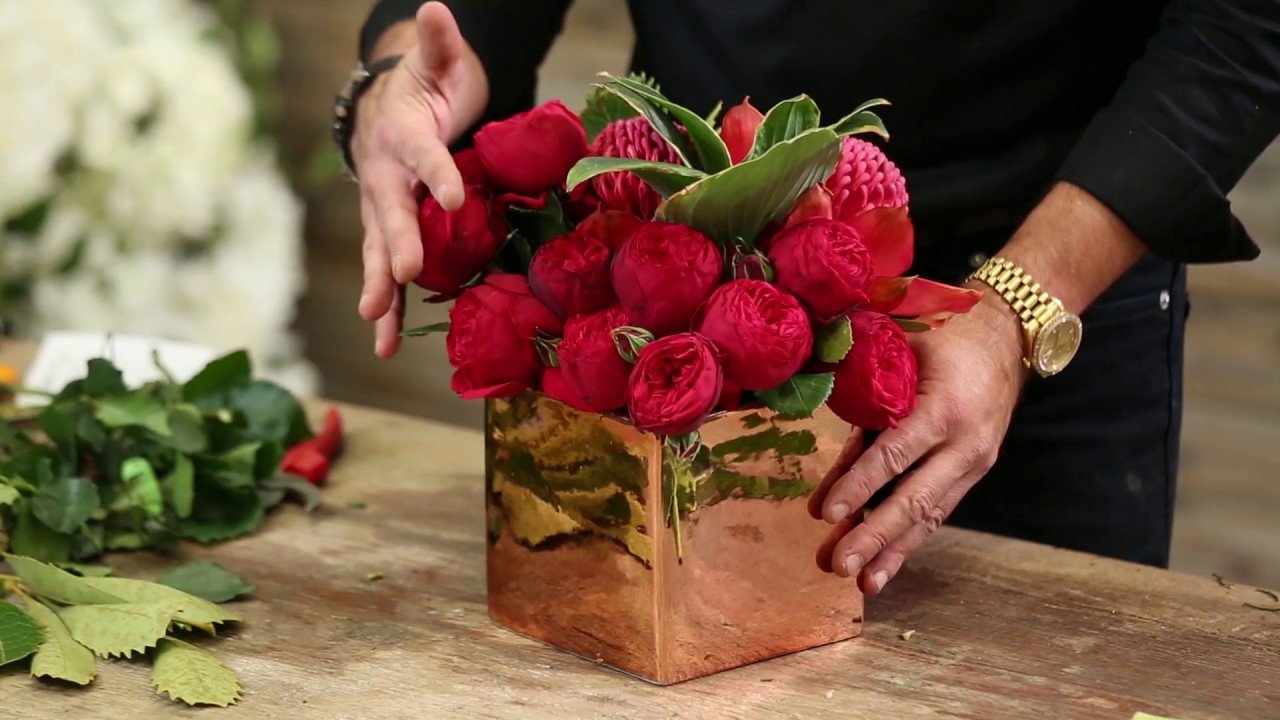
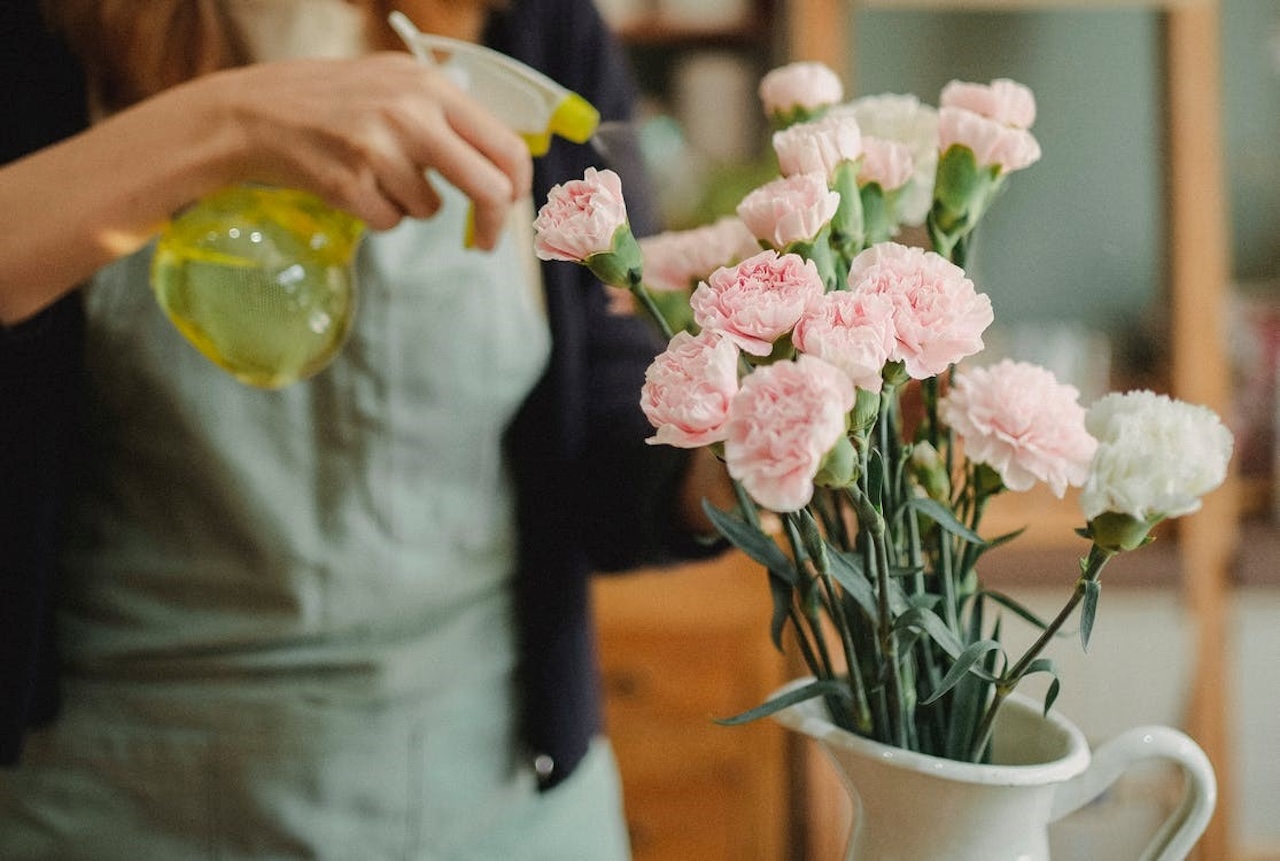
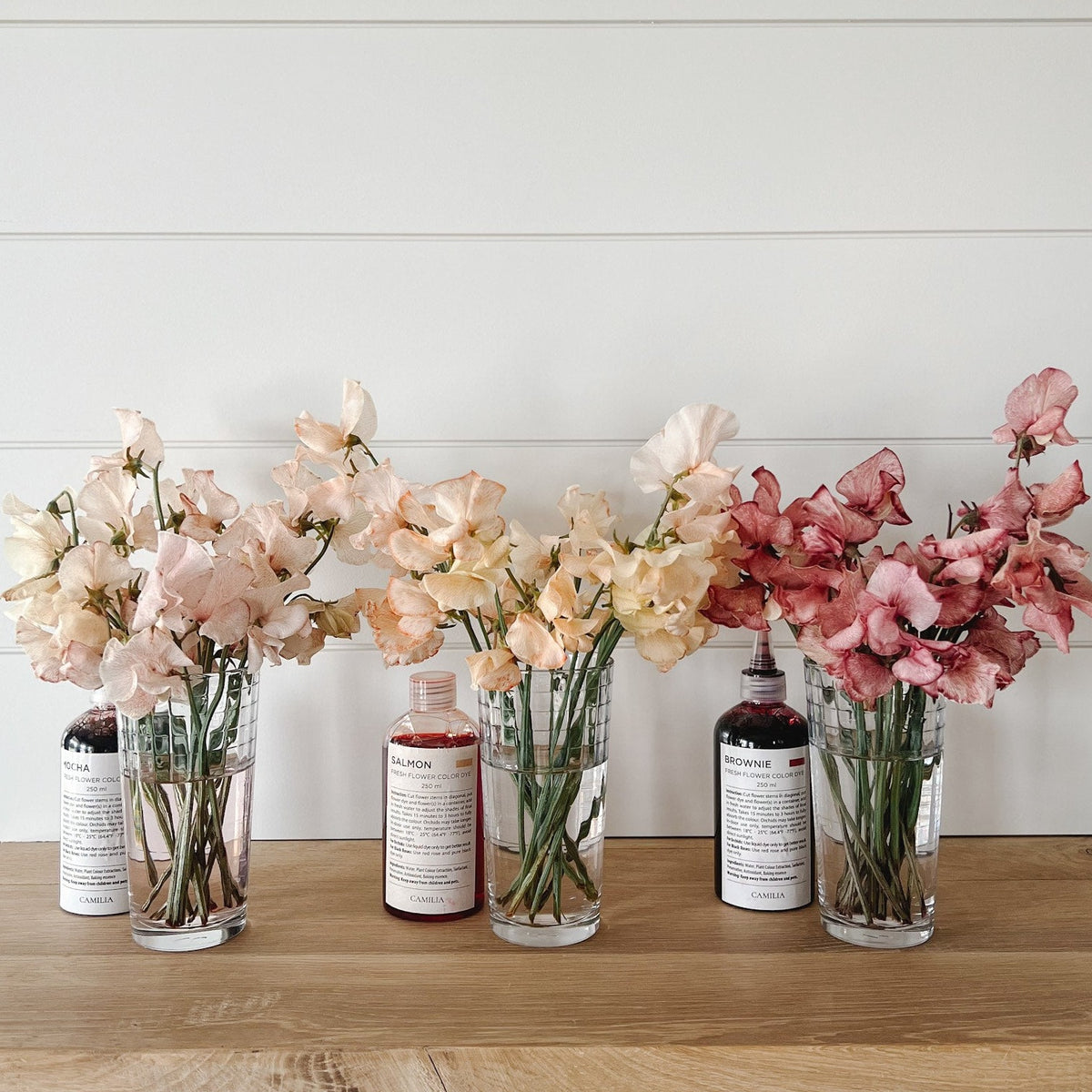
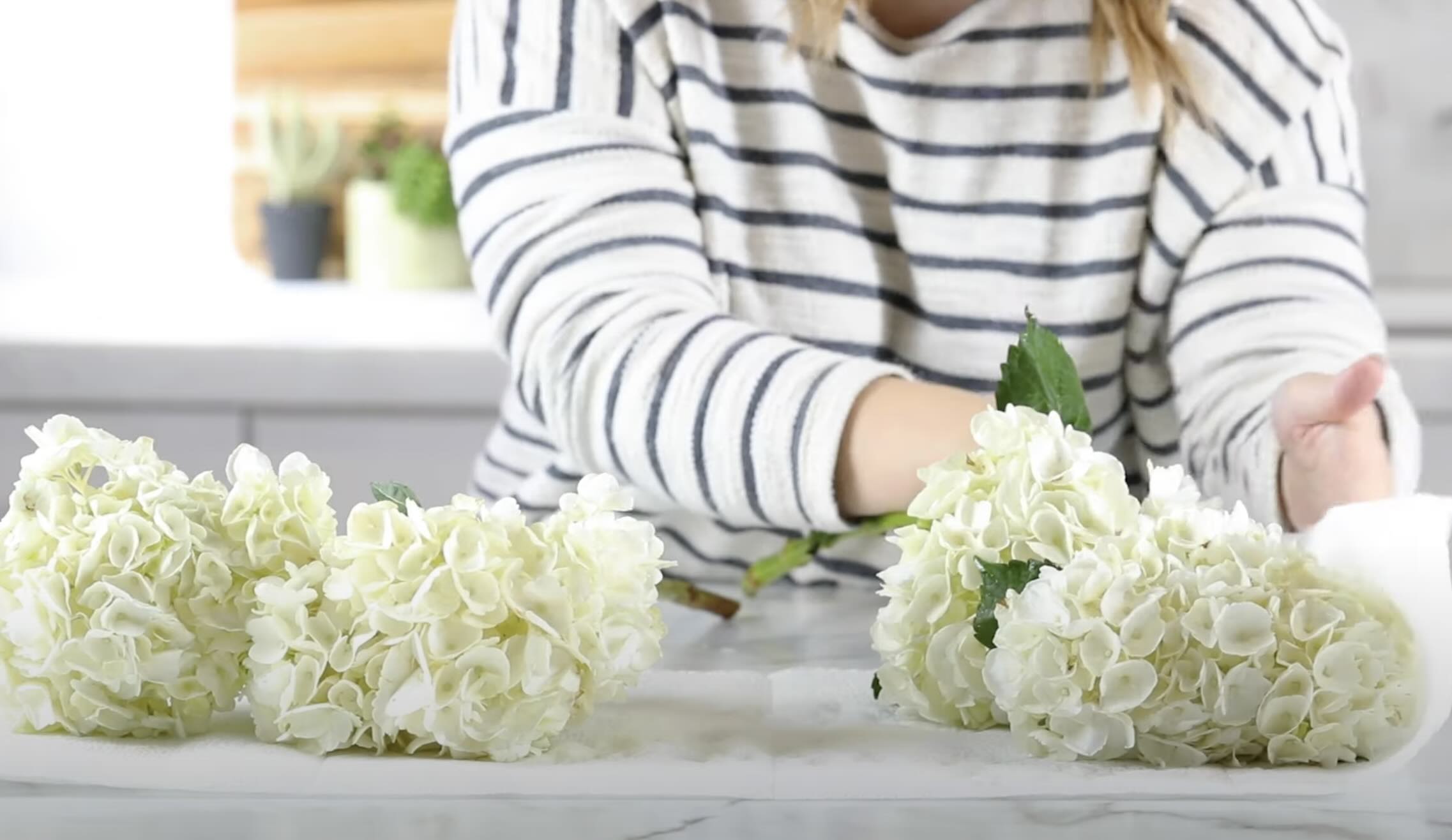
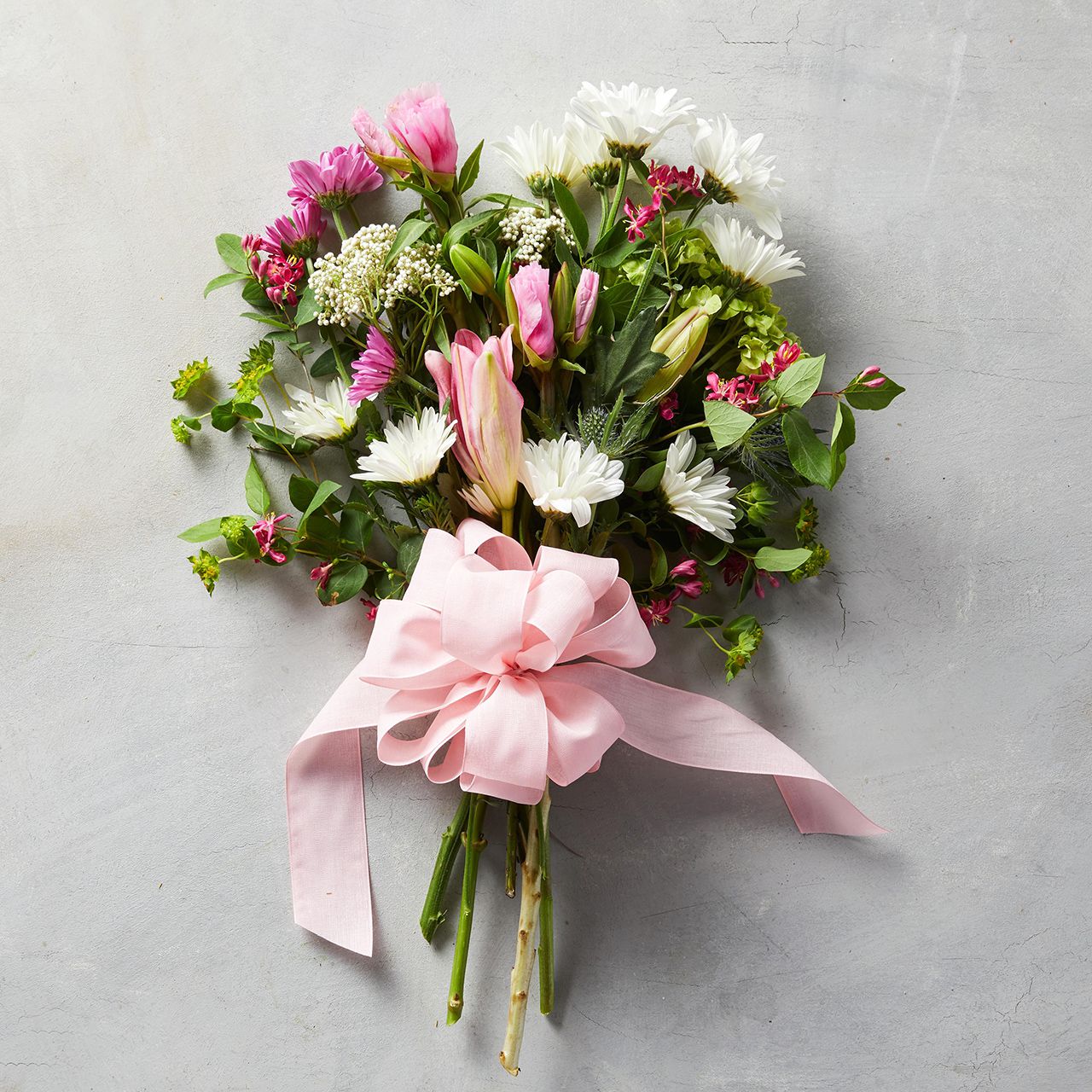
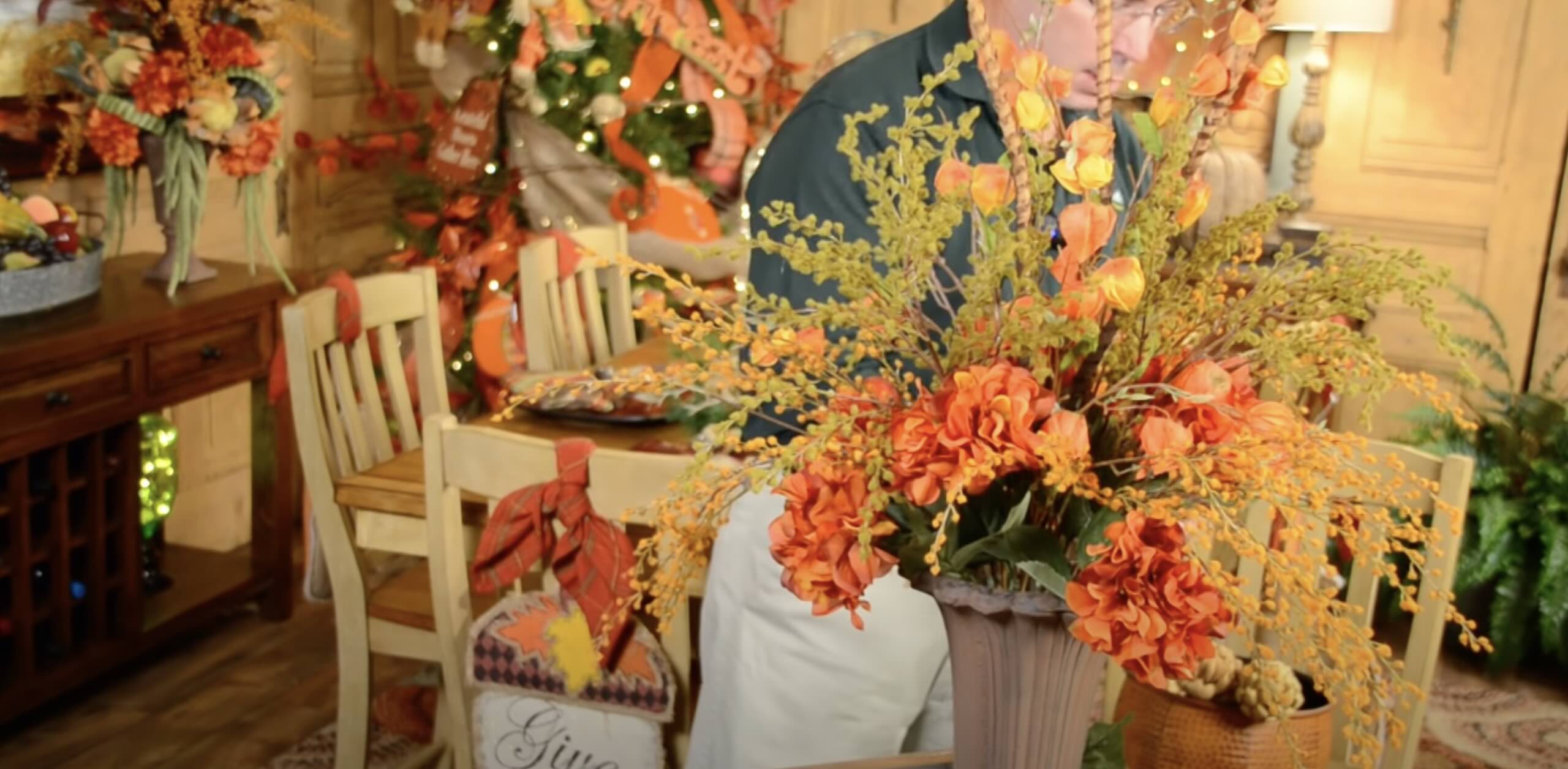
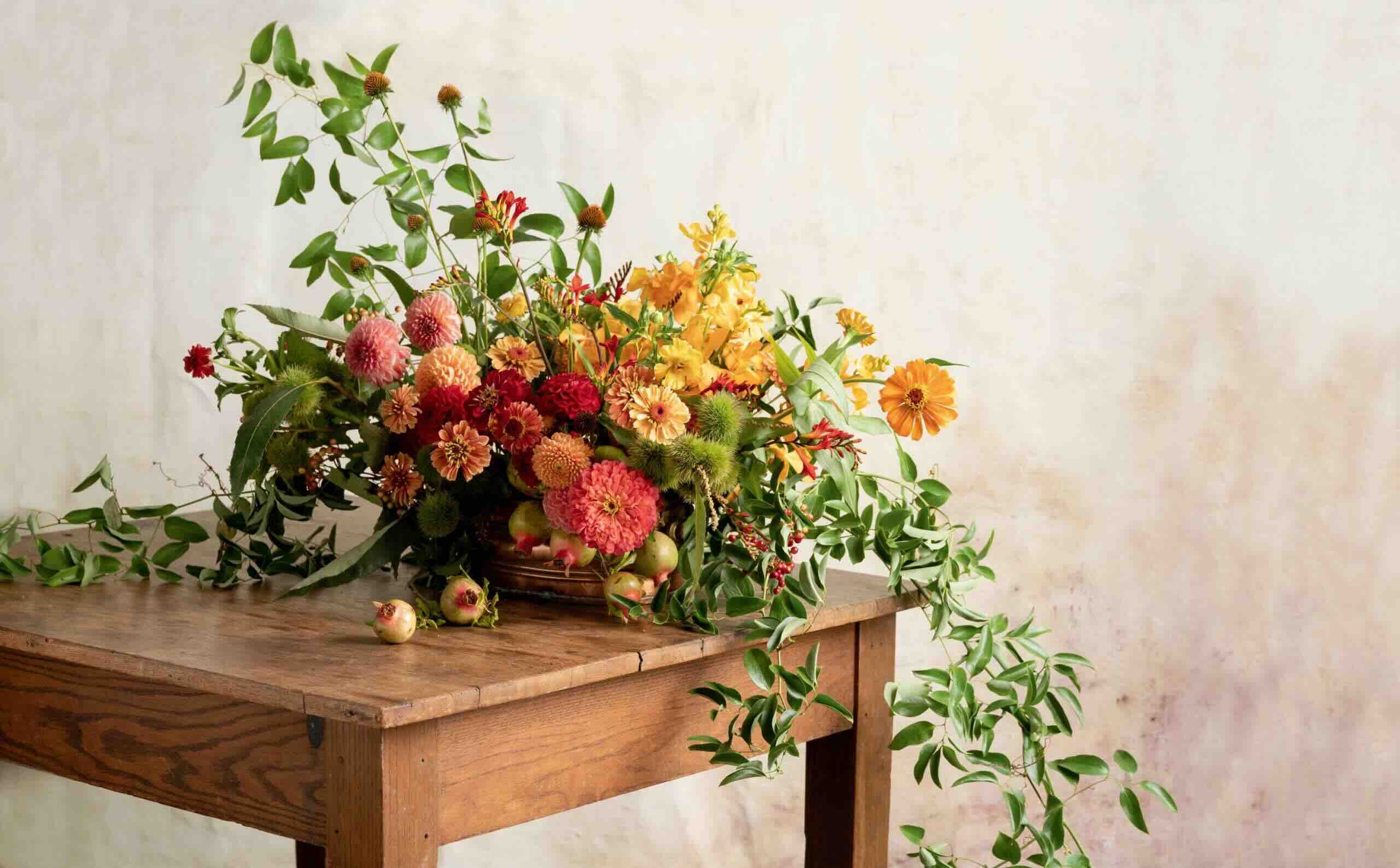

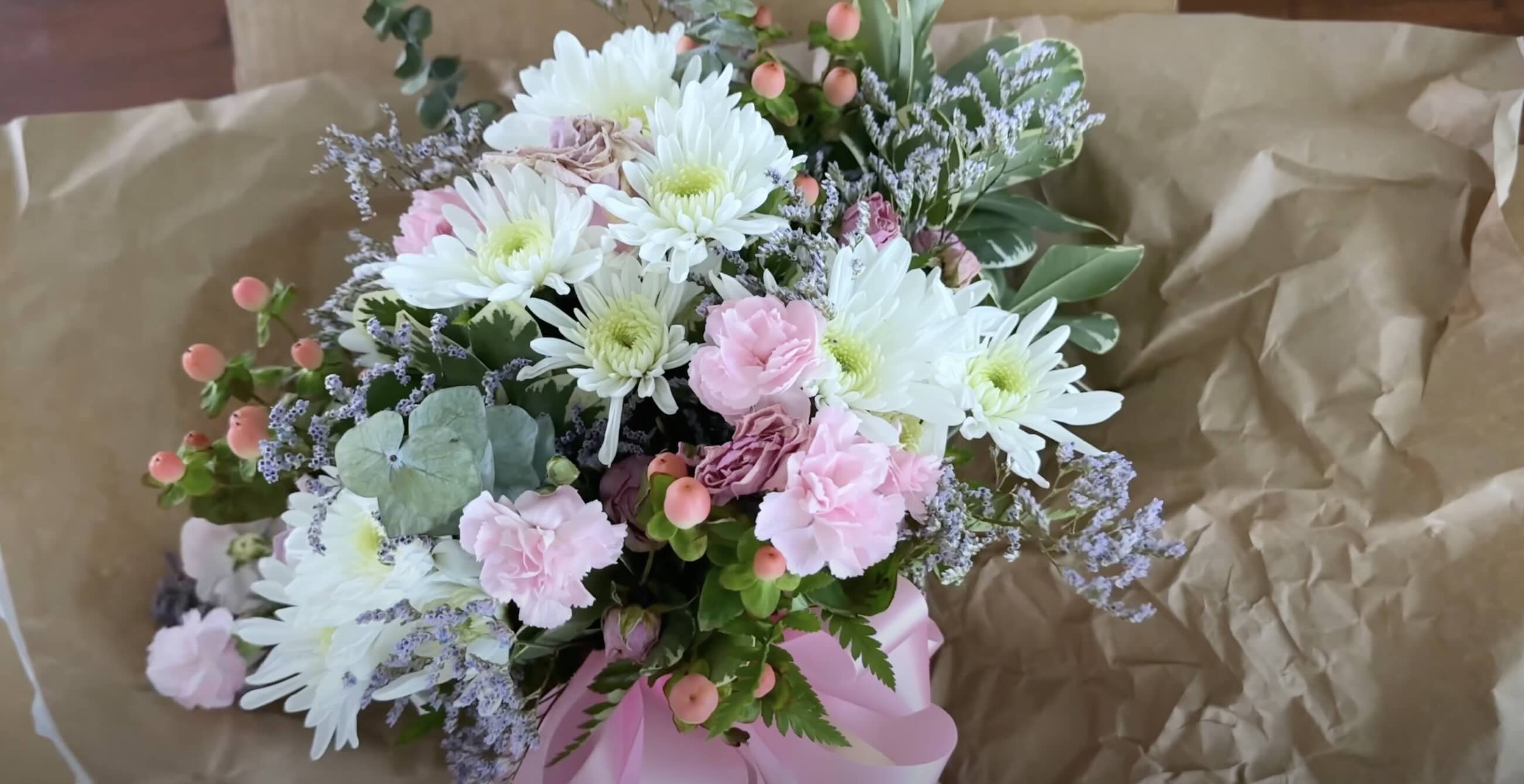
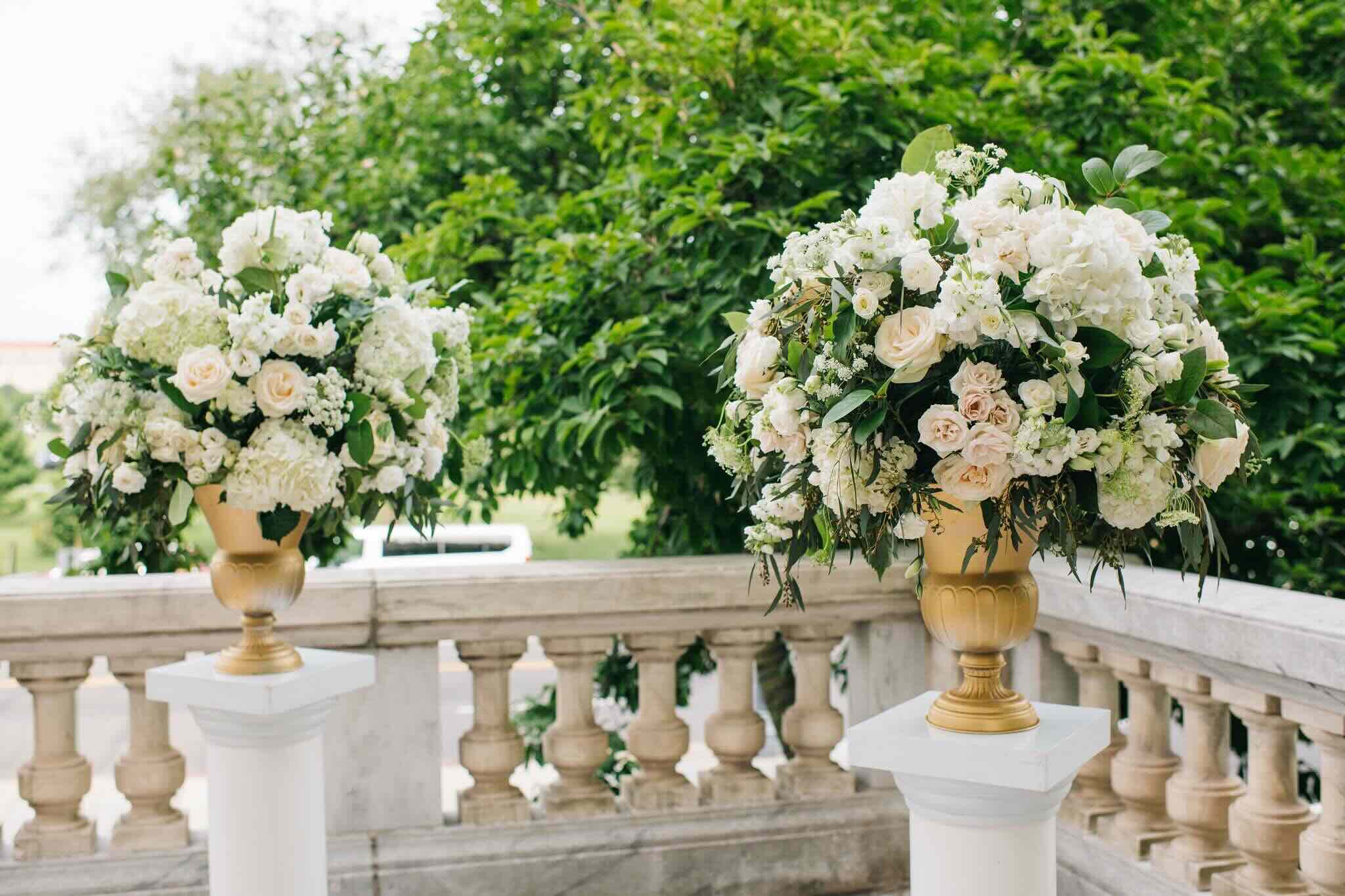
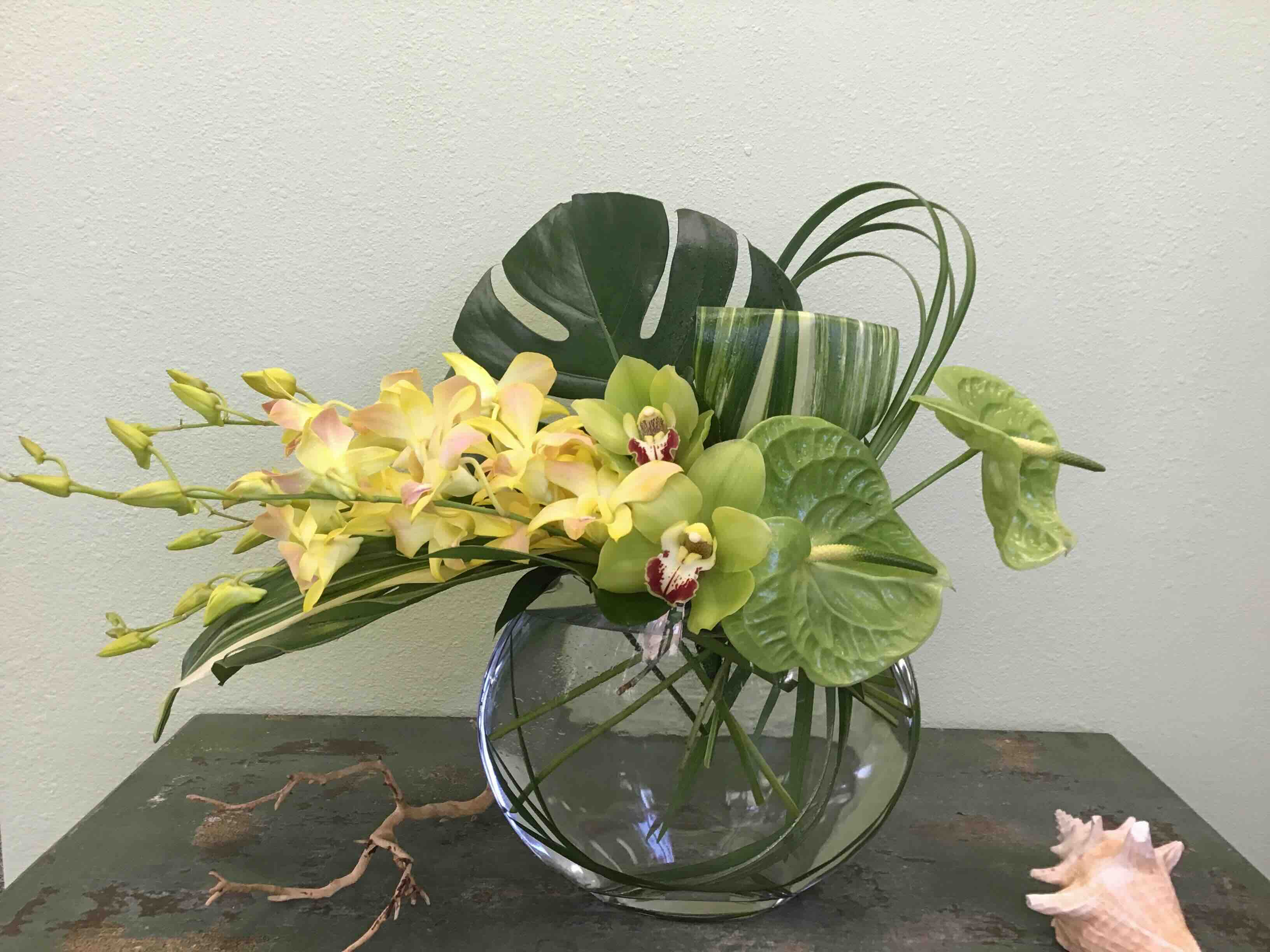
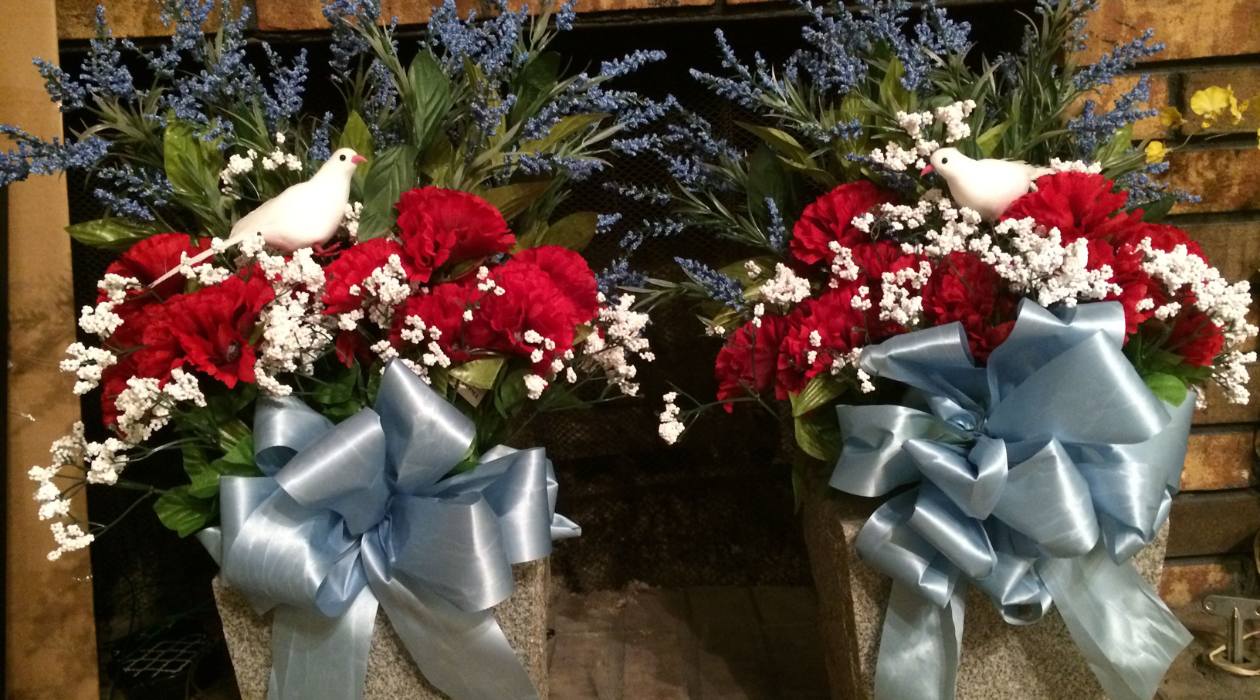
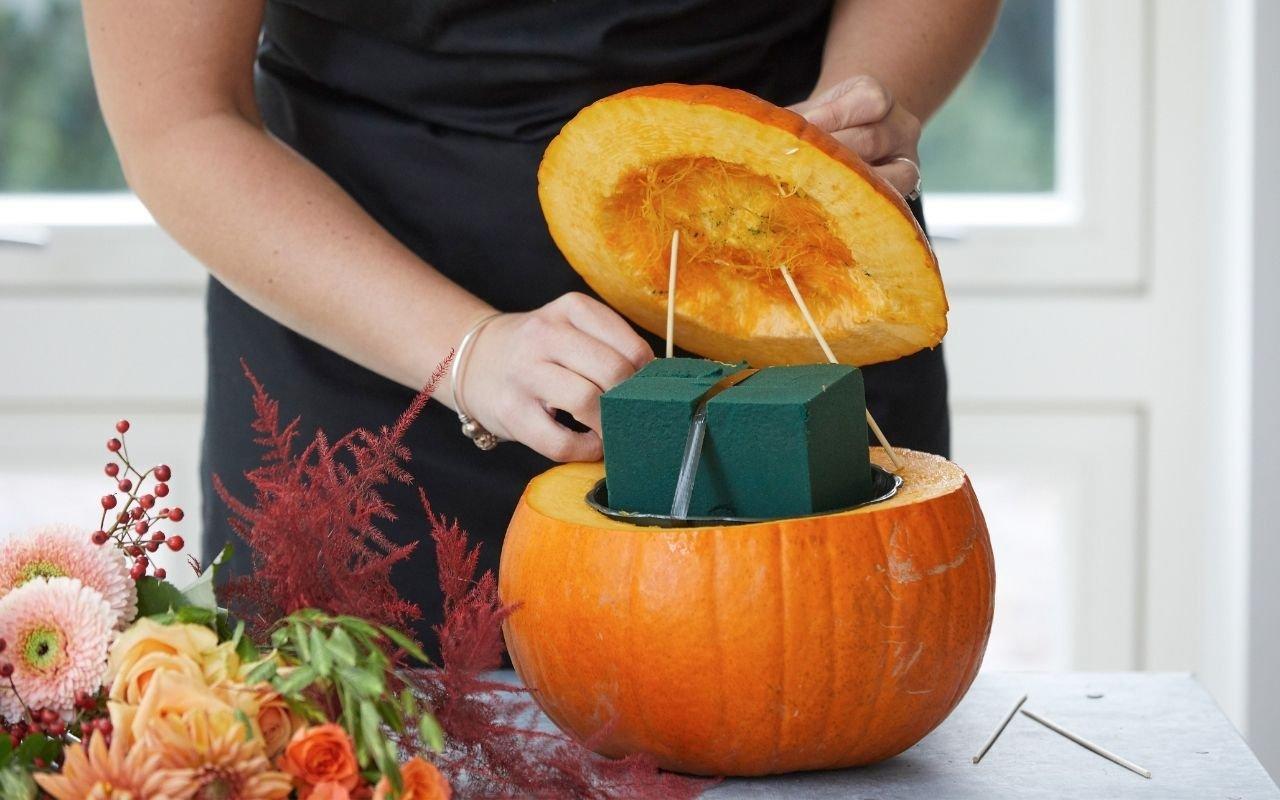
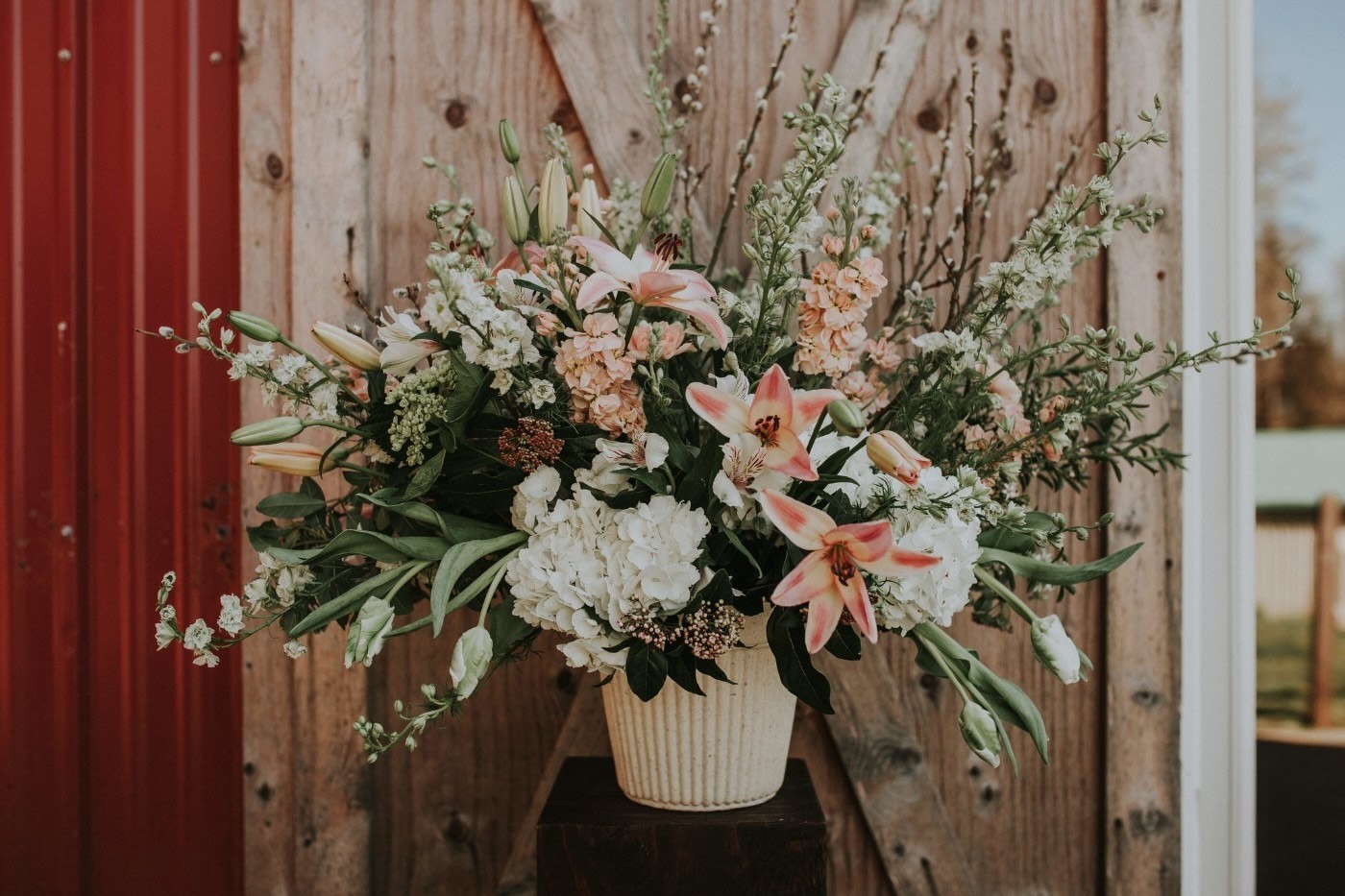

0 thoughts on “How To Arrange Ikebana Floral Arrangements”